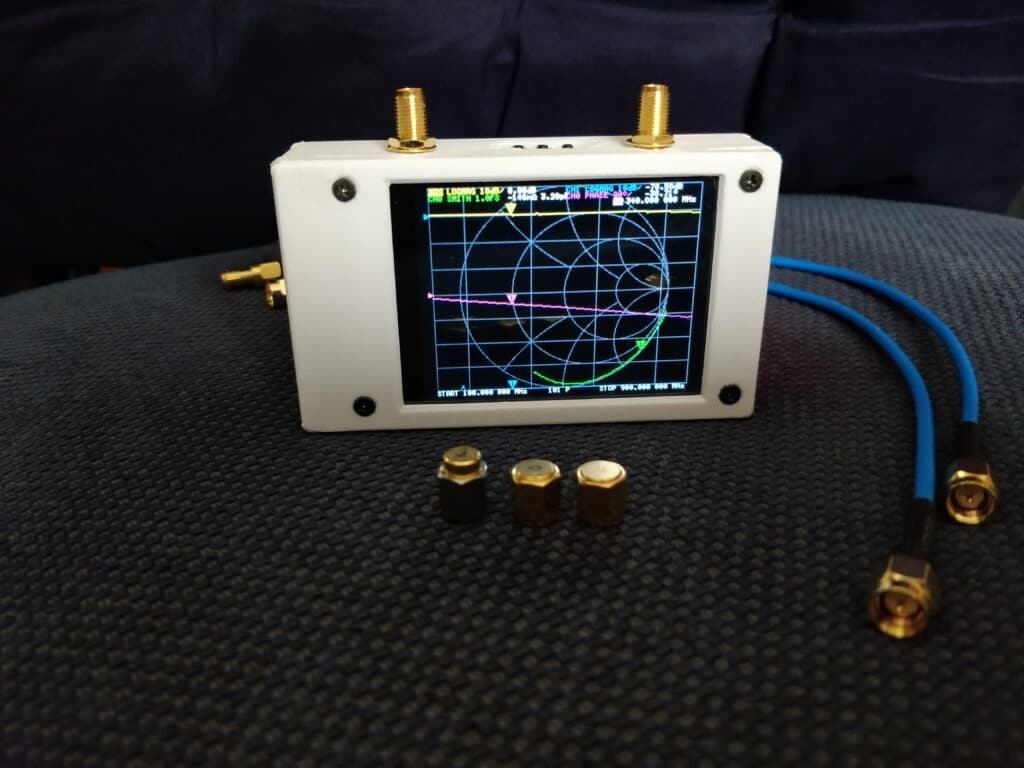Fixing my NanoVNA V2
Cool little VNA
In early March I decided to buy the NanoVNA, a small lightweight Vector Network Analyzer.
The main goal was to have a device that will give a little bit more information than my MFJ SWR meter.
After talking to a fellow ham and doing some research online I decided to buy the NanoVNA made buy Hugen.
Hugen is selling on Alibaba so I found his store and ordered one.
The nice representative, Maggie, told me that my NanoVNA was shipped but after a few days I saw on the tracking website that it was heading back to the seller.
Turned out that the Hong Kong post had issues delivering in the pandemic so they sent it back to the seller.
I decided to wait a month, just to see where the wind blows.
After waiting, I found that there’s an improved version called NanoVNA V2 (Or S-A-A-2) with larger frequency range and more reliable design.
So I bought it.
DOA?
The package arrived after 20 days via DHL and I started playing with it, measuring different antennas and learning how to operate the device.
But, in the next morning it refused to work.
The red LEDs just flashed and nothing happened.
I tried everything, disconnecting the battery, connecting the USB, asking the NanoVNA group but couldn’t solve the issue.
Time for tinkering
What great about the NanoVNA project is that it’s open source so I could find the files online.
Taking a look on the schematic I saw that it’s not very complex design.
So I pulled my multimeter and started probing different voltages.
Everything was OK on battery management chip but when checking the 5V rail, I noticed that the it’s dropping significantly when turning the device on.
Simple continuity test confirmed that the 5V rail was shorted to ground.
Looking again in the schematic yielded a list of potential culprits.
The easiest to test was U111 but I chose to test U4 first which responsible for 3V, probably for the mixers.
A few minutes later the power regulator was lifted from the board and the short was gone.
Found ya!
Using my lab bench power supply I fed 3V to the pad and indeed it worked and the NanoVNA was back to life.
Replacement
The exact model of U4 (XC6206P302MR) can be found in the BOM file on Github and I ordered it from local supplier who sells components from LCSC.
I bought from two different manufacturers (PUOLOP and Torex) just in case and I soldered the Torex one as it seems to be a better quality.
This repair cost me only 4$ which is awesone 🙂
I don’t want to think what happened if it wasn’t U4 but one of the tiny chips with many pins.
3D Printed case
The case can be found here:
https://www.thingiverse.com/thing:4285813
In the end
I must say that Maggie from Alibaba sent me another one without asking questions.
Very nice of them.
Good customer service.
73!

